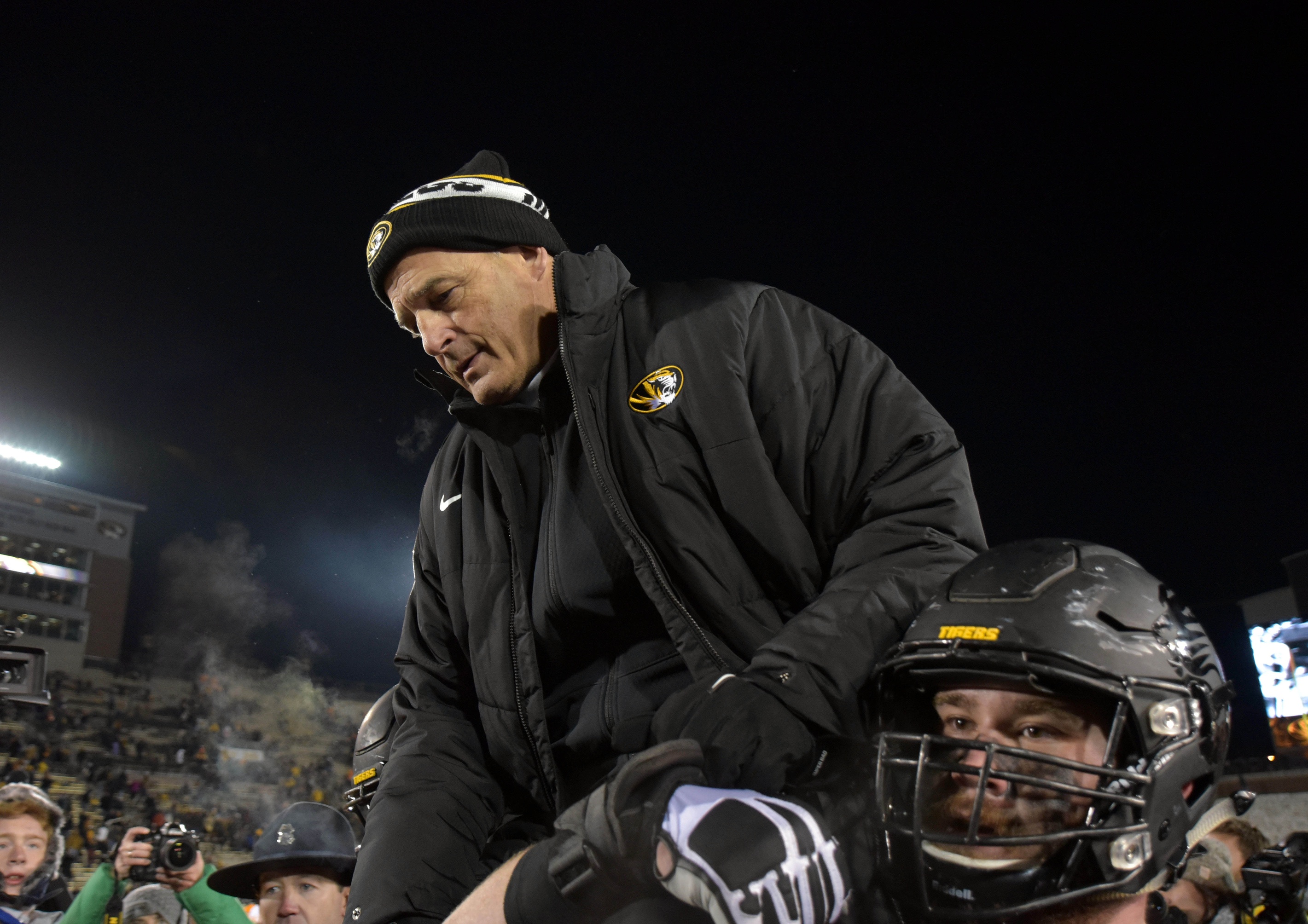
Most surprising developments of the last decade in the SEC
By John Brasier
Published:
The last decade has been full of successes and surprises in the SEC.
Eight national titles — four by Alabama — tops the success, which includes national titles by Florida, Auburn and LSU as well.
As far as surprises, the expansion of the conference to 14 teams with Missouri winning division titles in its second and third seasons and the reemergence of Ole Miss on the national scene were the biggest.
Who in 2006, would have guessed Ole Miss would soon be hauling in top-5 recruiting classes? Nobody.
The Rebels faced too many obstacles.
They didn’t have competitive facilities and they played in one of the conference’s smallest stadiums. They were surrounded by SEC big boys Alabama, Auburn and LSU. Plus, they had perception problems. They were in the least populated SEC state and shared it with Mississippi State. The Colonel Reb mascot and Confederate flags were believed to be hinderances to recruiting black players.
But native son Huge Freeze stepped in as coach after the 2011 season and he’s done what Archie Manning and Eli Manning couldn’t do — bring in a sustained run of top recruits.
Freeze’s 2013 recruiting class put Ole Miss on the national map. Five-star recruits Laquon Treadwell, Robert Nkemdiche, Laremy Tunsil and Tony Conner and seven four-star prospects burst Ole Miss into prominence.
Back-to-back victories over Alabama and New Year’s Day Six bowl berths gave the Rebels legitimacy. This year’s recruiting class led by five-star QB Shea Patterson and DT Benito Jones proves Freeze’s program has staying power.
How did Freeze recruit such big-time prospects to sleepy Ole Miss? That’s a great question and might be part of the reason the NCAA is looking into three programs at the school, including the football program.
Missouri in the SEC? No way. There’s nobody who saw that coming.
The Tigers didn’t have the right stuff. Not then, anyway, though Gary Pinkel had Mizzou headed in the right direction.
In 2005, Mizzou capped a 7-5 season — its first winning season since 1998 — with a comeback victory over South Carolina at the Independence Bowl. Four-year starting quarterback Brad Smith, who became a longtime receiver in the NFL, had just completed his eligibility.
The Tigers weren’t without hope — freshman Chase Daniel had rallied the Tigers to their crucial sixth win, qualifying them for a bowl and showed much greater passing potential than Smith. And Daniel would have speedy receiver Jeremy Maclin and tight end Chase Coffman as targets. Still, the Tigers were just coming out out of a 20-year tailspin. They weren’t beating Kansas with regularity. How could they compete in the SEC?
Plus, to be frank, Mizzou wasn’t looking to the SEC as a new home. Mizzou wanted Big Ten membership. But a set of unpredictable events put the Tigers on course to move to the SEC.
First, Missouri resented the Big 12’s non-equal revenue distribution, which favored Texas and Oklahoma. Then after losing to Mizzou in a showdown for the Big 12 North title, Kansas successfully lobbied the Orange Bowl for the conference’s berth after Mizzou lost for the second time to Oklahoma (Kansas played neither Oklahoma or Texas during the regular season) in the conference title game.
Mizzou made itself much more attractive with its play between 2007 and 2011, winning three Big 12 North titles with three top 20 finishes, including a No. 4 ranking in 2007.
When the Big Ten announced it was interested in adding a 12th team, Mizzou jumped at the opportunity. Eventually, Nebraska was chosen. Still wanting out, Mizzou was thrown a life raft when invited to join Texas A&M in an expanded SEC.







